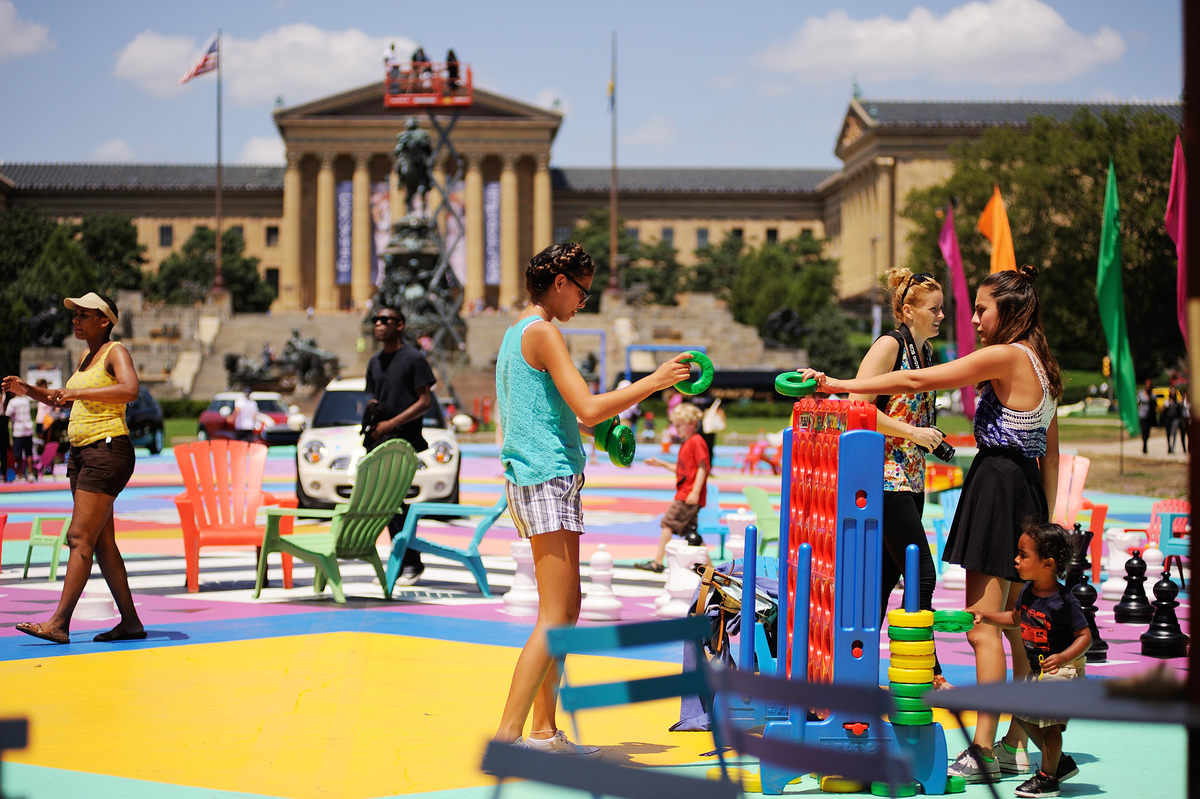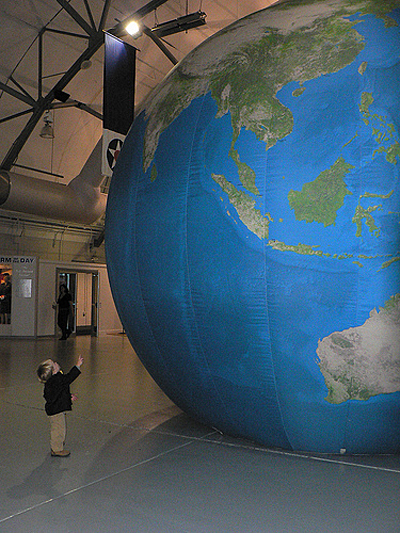Assemblies and in-class workshops bring the wider world to your school, broadening your students’ horizons without their ever having to leave the premises. The effect travels in two directions: While your guests introduce new topics and ideas to your students, the way you host authors, artists, athletes, performers and outside educators also leaves an impression that can affect the way the community sees your school — so make sure that impression’s a good one. Follow our five easy steps to assembly success.
1. Fund your assembly.
Many, if not most, school assembly presenters charge a service fee. Budget cuts have made paying for outside enrichment more challenging. If your school’s discretionary or operational budget needs a boost to cover an assembly’s cost, there are avenues to offset the expense.
First, check with your PTA/PTO, which may have a budget line specifically set up to pay for assembly expenditures. Grants are often available from local and state organizations like DARE or your state’s arts council; click to MetroKids.com/assemblyplan for direct links to grant sources in Delaware, Pennsylvania and South Jersey. Finally, local businesses that sponsor sports teams are also likely to provide funds for school assemblies in exchange for promotional consideration on your school’s website or parent newsletter or eblast.
To wrangle a lower fee, see if your guest offers discounts for multiple presentations in one day. If so, it may pay to book several shows for different grade ranges or check if a neighboring school is interested in cost-sharing by hosting the presenter later that same day.
2. Book the right guest.
What’s the purpose of your assembly? Do you want to shore up specific subject curricula? Instill a social lesson? Celebrate school spirit? Make sure you find the right presenter for your theme and target audience. A traveling zoo program is perfect for Science Day but not a fit for Drug-Free Pledge Day. Kindergarteners aren’t ready for a deep dive into cyberbullying, while 8th graders have outgrown stranger-danger presentations. Turn to p. TK to search enrichment options by category.
3. Set a strict schedule.
Be strategic about setting the date, time and duration of the assembly. Never schedule an assembly on the same day as a religious holiday on which many students may be absent or during a period of standardized testing.
As for timing, students love assemblies — unless they cut lunchtime in half. Unhappy students who lose interest in the presentation may start to act out and divert attention, annoying to both peers and teachers interested in the assembly and to the speaker, artist or performer, who may leave feeling disrespected and unappreciated.
4. Supply guests’ demands.
To ensure the success of a given program, make sure your presenters have everything they need to deliver the best speech, play, concert or demonstration possible. Ask for their requirements during booking, so there are no surprises when the day comes. Do they need a Smartboard for a PowerPoint presentation, extension cords for audio equipment, an easel for a sketchpad, a piano or drum kit for musical accompaniment?
If a guest is performing multiple times that day or traveling from a longer distance, make sure lunch or accommodation requirements are covered in the booking contract.
5. Prep the audience.
Students should already be aware of appropriate behavior when guests visit the school, but it can’t hurt for teachers to reinforce the rules. Remind students that food, beverages and electronic devices are not to be brought to the assembly. Most importantly, make sure the kids know that speaking during the assembly will not be tolerated — unless, that is, audience participation is ecouraged.
Sequoia B. Hall is a MetroKids intern and journalism student at Temple University.







